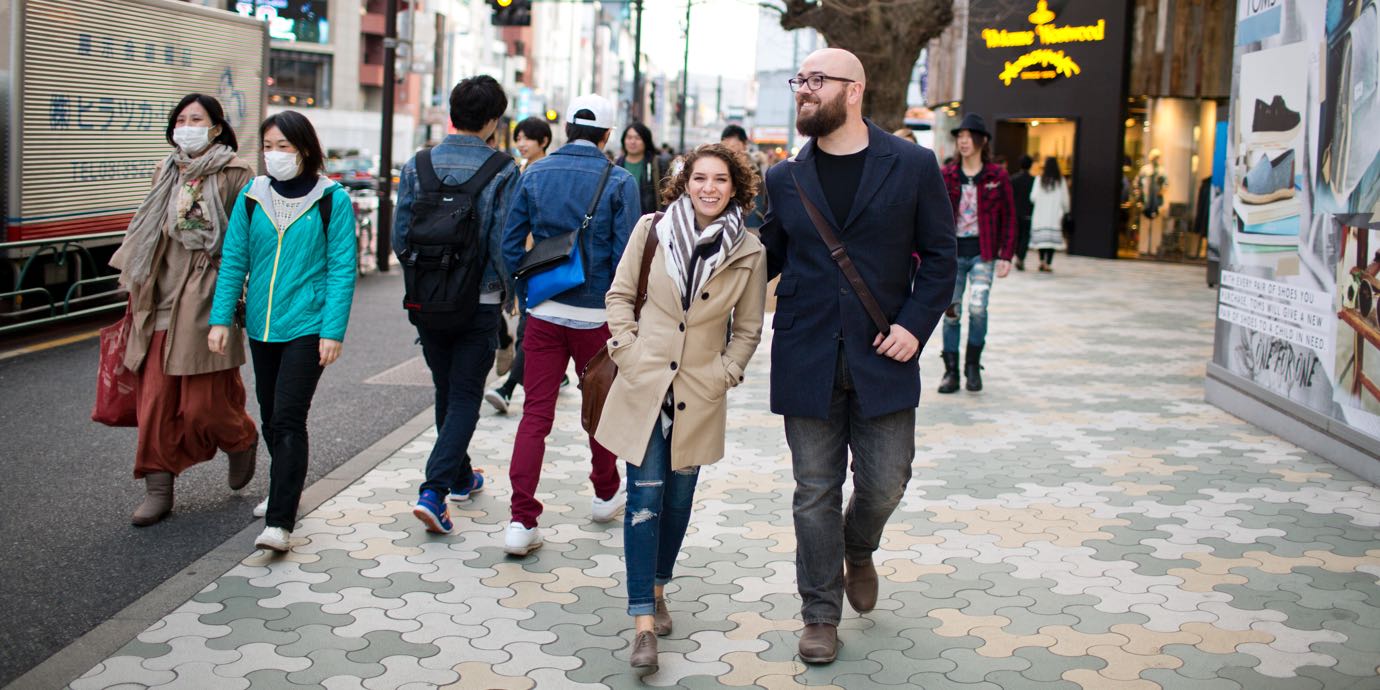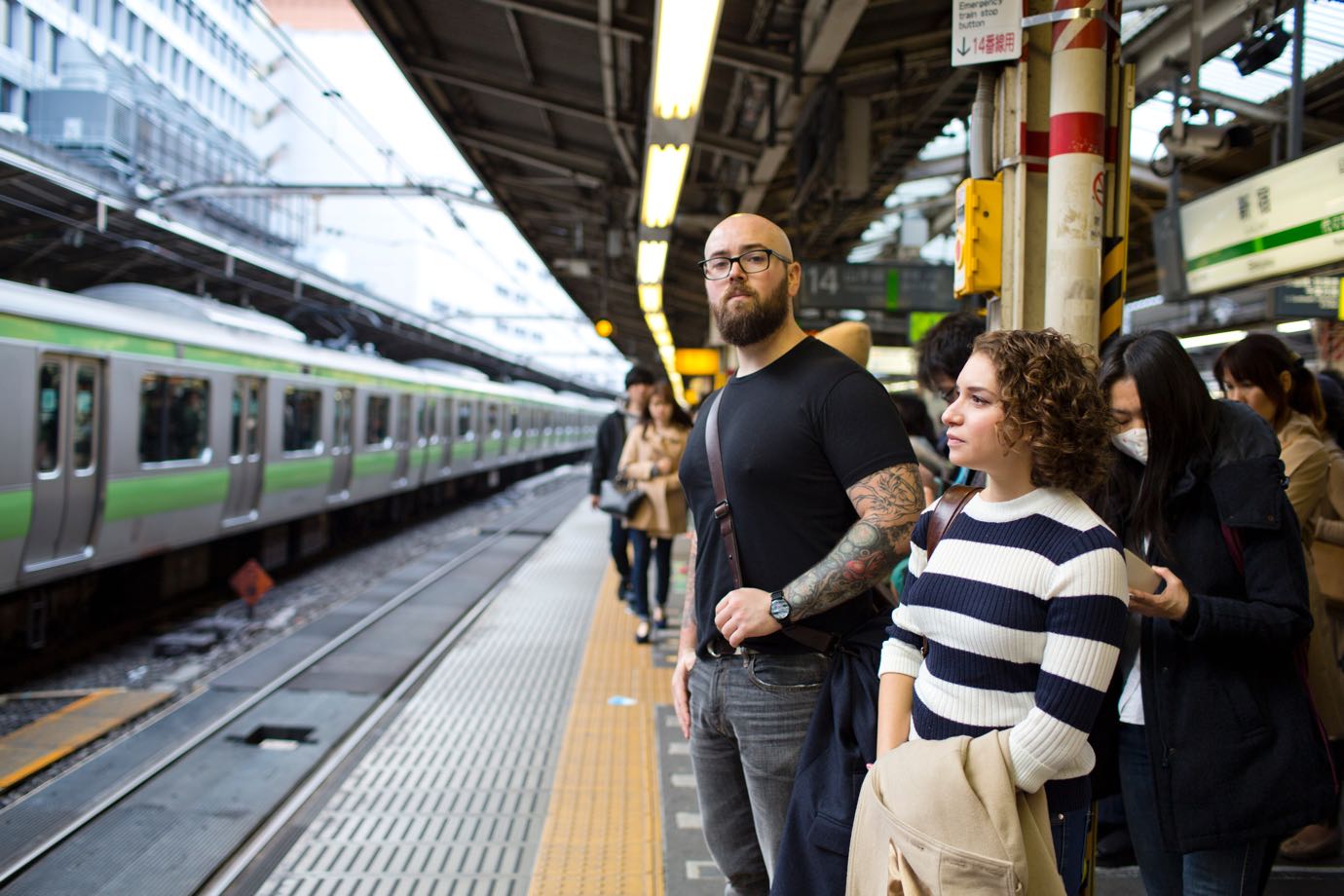Responsive Lazyload Examples: Degrade Gracefully If JavaScript Is Disabled
All photos by paint with stars photography.
Basic usage.

The simplest usage is almost plain ol’ markup you’d use anyways.
<div class="js--lazyload">
<img alt="image description"
src="images/example@2x.jpg"
srcset="data:image/gif;base64,R0lGODlhAQABAIAAAP///////yH5BAEKAAEALAAAAAABAAEAAAICTAEAOw=="
data-lazyload="images/example-300x150.jpg 300w,
images/example-600x300.jpg 600w,
images/example.jpg 690w,
images/example@2x.jpg 1380w">
<noscript>
<img alt="image description"
src="images/example@2x.jpg"
srcset="images/example-300x150.jpg 300w,
images/example-600x300.jpg 600w,
images/example.jpg 690w,
images/example@2x.jpg 1380w">
</noscript>
</div>
The key differences are:
- The
imgtag is placed inside a wrapper with thejs--lazyloadclasses. - The
srcsetattribute is set to a blank GIF (base-64 encoded to eliminate an extra request per image). - The images that we want used for
srcsetare instead placed in thedata-lazyloadattribute.
To enable lazyloading, include the following snippet just before your closing </body> tag:
<script src="path/to/bower_components/responsive-lazyload/dist/responsive-lazyload.min.js"></script> <script> responsiveLazyload(); </script>
Use with figure elements and other wrappers.

figure elements.
The responsive image markup can be included inside other elements (e.g. figure) without issue. It does require an extra tag, unfortunately.
<figure>
<div class="js--lazyload">
<img alt="image description"
src="images/example02@2x.jpg"
srcset="data:image/gif;base64,R0lGODlhAQABAIAAAP///////yH5BAEKAAEALAAAAAABAAEAAAICTAEAOw=="
data-lazyload="images/example02-300x150.jpg 300w,
images/example02-600x300.jpg 600w,
images/example02.jpg 690w,
images/example02@2x.jpg 1380w">
<noscript>
<img alt="image description"
src="images/example02@2x.jpg"
srcset="images/example02-300x150.jpg 300w,
images/example02-600x300.jpg 600w,
images/example02.jpg 690w,
images/example02@2x.jpg 1380w">
</noscript>
</div>
<figcaption>
You can also include lazyloaded images in <code>figure</code> elements.
</figcaption>
</figure>
How to Handle Different Aspect Ratios

By default, responsiveLazyload.js sets images to a 2:1 aspect ratio (padding-bottom: 50%; — figure this out by dividing the height by the width, e.g. 400h ÷ 800w = 0.5).
To change the aspect ratio to match your image, divide the height by the width and add an inline style to the wrapper:
<div class="js--lazyload"
style="padding-bottom: 66.67%">
<img alt="image description"
src="images/example03@2x.jpg"
srcset="data:image/gif;base64,R0lGODlhAQABAIAAAP///////yH5BAEKAAEALAAAAAABAAEAAAICTAEAOw=="
data-lazyload="images/example03-300w.jpg 300w,
images/example03-600w.jpg 600w,
images/example03.jpg 690w,
images/example03@2x.jpg 1380w">
<noscript>
<img alt="image description"
src="images/example03@2x.jpg"
srcset="images/example03-300w.jpg 300w,
images/example03-600w.jpg 600w,
images/example03.jpg 690w,
images/example03@2x.jpg 1380w">
</noscript>
</div>
Images With Unknown Sizes

To avoid setting explicit sizes, the lazyload class can be applied directly to the img tag.
<img alt="image description"
class="js--lazyload"
src="images/example04@2x.jpg"
srcset="data:image/gif;base64,R0lGODlhAQABAIAAAP///////yH5BAEKAAEALAAAAAABAAEAAAICTAEAOw=="
data-lazyload="images/example04-300x150.jpg 300w,
images/example04-600x300.jpg 600w,
images/example04.jpg 690w,
images/example04@2x.jpg 1380w">
<noscript>
<img alt="image description"
class="js--lazyload js--lazyload--fallback"
src="images/example04@2x.jpg"
srcset="images/example04-300x150.jpg 300w,
images/example04-600x300.jpg 600w,
images/example04.jpg 690w,
images/example04@2x.jpg 1380w">
</noscript>
NOTE: This approach causes the content to reflow (unless the image is square) and may cause layout issues since it tries to set the image at 100% of its container width. Use at your own discretion.
ALSO NOTE: Since an image that’s not in the wrapper won't load properly, we have to hide it manually if JS is disabled but leave the fallback image visible:
.no-js img.js--lazyload:not(.js--lazyload--fallback) {
display: none;
}
